Stainless steel, cast iron, and ceramic cookware are oven-safe options. Always check the manufacturer’s specifications for temperature limits.
Cookware That Can Go in the Oven:Selecting the right cookware for oven use is essential for any home chef aiming to expand their culinary repertoire. Oven-safe cookware allows for a seamless transition from stovetop to oven, enabling a multitude of cooking techniques from searing to baking.
As you dive into recipes that require oven finishing, like perfectly roasted meats or delectable baked goods, understanding which materials can withstand high temperatures is crucial. This knowledge not only ensures the safety of your cookware but also the quality of your meals. Remember to consider the handles and lids, as some materials may be oven-safe, but their additional parts might not be designed to endure the heat. With the proper cookware, your oven can become the powerhouse of your kitchen, offering endless possibilities for creating culinary delights.
The Essentials Of Oven-safe Cookware
Cookware that can go in the oven unlocks a world of culinary possibilities. From stove to oven, dishes transition smoothly with the right tools. Understand the essentials of oven-safe cookware to master every recipe with confidence.
Materials Matter
Choosing the right materials is vital for oven use. Not all cookware can withstand high heat. Cast iron, stainless steel, and ceramic are top choices. Each offers unique benefits for cooking and baking. Avoid cookware with plastic handles or non-oven-safe coatings.
- Cast iron: Retains heat well; perfect for searing and baking.
- Stainless steel: Durable and resistant to warping.
- Ceramic: Provides even heat distribution.
Signs And Symbols To Look For
Identify oven-safe cookware by checking for clear signs. Symbols on the bottom or the manual indicate oven compatibility. Look for an oven icon or temperature limits.
| Symbol | Meaning |
|---|---|
| Oven-safe up to a specified temperature | |
| Safe for food contact |
Remember, lids may have different oven-safe ratings. Always check before use.
Cast Iron Classics
When seeking durable cookware, cast iron is a top choice. These classic pieces are both versatile and long-lasting. They easily transition from stovetop to oven, making them essential for home chefs.
Benefits Of Cast Iron
Cast iron cookware stands out for many reasons:
- Even heating: Cast iron distributes heat uniformly.
- Versatility: Use it on the stove, in the oven, or over a campfire.
- Non-stick qualities: Proper seasoning creates a non-stick surface.
- Flavor enhancement: It adds depth to your dishes.
- Longevity: With care, it lasts for generations.
Caring For Your Cast Iron
Keep your cast iron cookware in top shape:
- Clean with water and a soft brush; avoid soap.
- Dry immediately to prevent rust.
- Apply a light coat of oil before storing.
- Re-season as needed to maintain the non-stick surface.
Respect these steps, and your cast iron will reward you with outstanding performance in the kitchen.
Stainless Steel Staples
Stainless steel cookware brings elegance and function to your kitchen. It withstands high heat, goes from stove to oven, and lasts for years. Discover why stainless steel is a chef’s pick and how to keep it shining.
Why Choose Stainless Steel
- Durable: Resists dents and scratches.
- Non-Reactive: Keeps flavors true.
- Oven-Safe: Ideal for baking and roasting.
- Even Heating: Cooks food uniformly.
Maintenance Tips
Clean Regularly: Use warm, soapy water after each use. Dry thoroughly.
Polish: Wipe with vinegar to remove water spots. Shine with olive oil.
Storage: Stack with care to avoid scratches. Use pan protectors if available.
Utensils: Use wooden or silicone tools to extend life.

Credit: www.reddit.com
Ceramic And Glass Options
Exploring ceramic and glass cookware opens a door to style and functionality. These options serve as the home chef’s ally for oven-cooked delights.
Advantages Of Ceramic And Glass
Why choose ceramic and glass for your kitchen? These materials boast impressive qualities:
- Heat distribution: Cooks food evenly.
- Non-reactive surfaces: Keeps flavors intact.
- Easy to clean: Releases food smoothly.
- Oven to table: Serves with elegance.
Precautions And Use
Handling ceramic and glass in the oven requires care:
| Precaution | Reason |
|---|---|
| Check temperature limits | Prevents cracking |
| Avoid thermal shock | Protects integrity |
| Use oven mitts | Ensures safety |
Follow these steps for a seamless experience:
- Preheat the oven.
- Place cookware in gently.
- Cook as per recipe instructions.
Non-stick Necessities
Imagine baking a cake or roasting chicken without worrying about the pan. Non-stick cookware makes kitchen time easy. These pans ensure food slides right off, making cleanup a breeze. But not all non-stick pans are safe for oven use. Choose wisely to enjoy the full range of cooking with non-stick necessities.
Choosing Oven-safe Non-stick
Oven-safe non-stick cookware expands your culinary options. Look for pans rated for high temperatures. Check the manufacturer’s guidelines before buying. Use this checklist to find the right oven-safe non-stick pan:
- Temperature rating: Select pans that can withstand at least 450°F.
- Handles: Metal handles are oven-proof. Plastic or rubber is not.
- Lids: Ensure any lids are also oven-safe.
Preserving The Non-stick Surface
Keep your non-stick cookware in top shape. Follow these simple steps:
- Avoid metal utensils. Stick to wood, plastic, or silicone.
- Low to medium heat is best. High heat can damage the surface.
- Hand wash gently with a soft sponge and mild detergent.
With proper care, your non-stick cookware can last for years. Enjoy the ease of oven-to-table cooking with the right tools.
Silicone Solutions
Discover the wonders of oven-safe silicone cookware. This innovative material revolutionizes baking and roasting. Silicone solutions offer non-stick, flexible options for avid bakers and home chefs alike.
Flexibility And Safety Of Silicone
Silicone cookware boasts impressive flexibility. This feature allows for easy storage and removal of food. Just bend the pan and the food pops out. Silicone’s safety is a major benefit. It withstands high temperatures, often up to 500°F (260°C). Users can confidently transfer dishes from oven to table.
- Withstands high oven temperatures
- Non-stick surface simplifies cleanup
- Flexible for easy food release
Limitations Of Silicone Cookware
While silicone cookware is versatile, it has limitations. Its flexibility, while useful, can be a drawback. Support is needed when carrying to prevent spills. Sharp objects can puncture or slice through silicone. Thus, use gentle utensils to maintain integrity.
| Limitation | Detail |
|---|---|
| Flexibility | May require a rigid tray for support |
| Sharp Objects | Can damage the surface |
| Heat Resistance | Check maximum temperature rating |
Dutch Ovens And Braisers
Explore the world of Dutch Ovens and Braisers. These versatile pieces of cookware are a must-have in any kitchen. Perfect for a wide range of dishes, they move from stovetop to oven with ease. Let’s dive into their uses and how to pick the perfect one.
Hearty Meals Made Easy
Dutch ovens and braisers turn cooking into an art form. Their thick walls and tight lids seal in moisture. This creates tender, flavorful dishes. Think succulent roasts, simmering stews, and baked bread. These pots distribute heat evenly, ensuring your meal cooks perfectly every time.
- Slow-cook to perfection
- Bake bread with a crispy crust
- Sear meats before stewing
Selecting The Right One For You
Choosing the right Dutch oven or braiser is key. Consider size, material, and maintenance.
| Feature | Benefit |
|---|---|
| Size | Match with your family’s needs |
| Material | Cast iron for longevity, ceramic for weight |
| Maintenance | Enamel coating for easy cleaning |
Weight and handle design also matter. A heavy pot with sturdy handles is safer to use. Whether you choose cast iron, stainless steel, or non-stick, make sure it fits your cooking style.
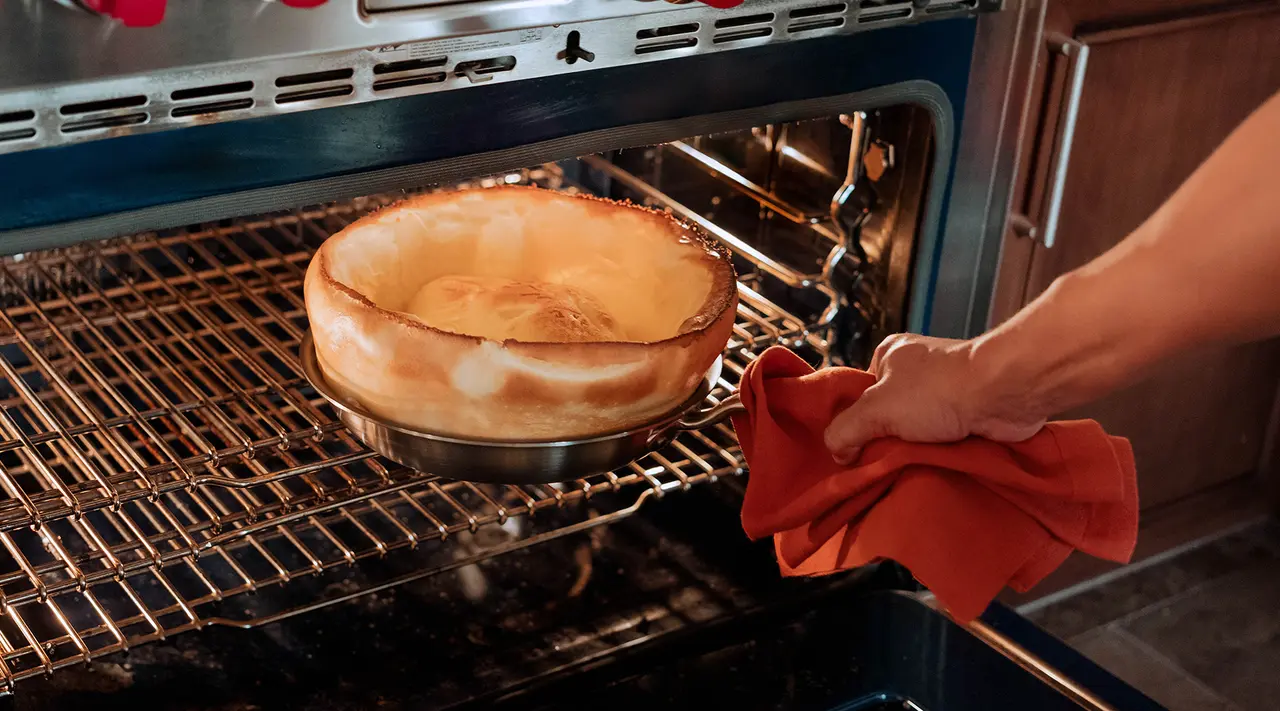
Credit: madeincookware.com
Maximizing Your Cookware’s Potential
Maximizing your cookware’s potential means more than just frying and sautéing. Imagine one pot for multiple cooking methods. It saves time and space. Learn which items can withstand the heat of your oven.
From Stovetop To Oven
Many pots and pans can go from stovetop to oven. Cast iron skillets excel in this. They sear meats on the stove and bake perfect cornbread in the oven. Stainless steel cookware often withstands oven temperatures too. Always check the manufacturer’s guidelines to be sure.
- Check for oven-safe symbols on the bottom.
- Ensure handles are metal or silicone, not plastic.
- Verify if lids can handle oven heat.
Creative Baking Ideas
Think beyond traditional baking dishes. Cookware like dutch ovens can bake bread with a crispy crust. Ceramic cookware works well for casseroles and desserts. Use oven-safe nonstick pans for frittatas that slide right out.
| Cookware Type | Use for |
|---|---|
| Cast Iron | Pizza, Biscuits |
| Dutch Oven | Bread, Stews |
| Ceramic | Casseroles, Lasagna |
Safety First: Tips And Tricks
Exploring oven-safe cookware is exciting. Yet, safety always comes first. Let’s dive into essential tips and tricks. These will keep you safe while using your cookware in the oven.
Handling Hot Cookware
- Always use oven mitts or potholders. Your cookware gets very hot.
- Keep handles turned to the side. This prevents burns.
- Use a dry cloth. Wet cloths can cause steam burns.
- Move slowly. Quick moves can cause spills or burns.
Avoiding Thermal Shock
Thermal shock happens when temperatures change fast. It can break your cookware. Here’s how to avoid it:
- Do not move cookware from oven to cold surface directly.
- Let it cool down a bit before washing.
- Avoid pouring cold water on hot cookware.
- Warm up your cookware gradually when preheating.
| Cookware Type | Max Oven Temp |
|---|---|
| Cast Iron | 500°F |
| Stainless Steel | 600°F |
| Non-Stick | 450°F |
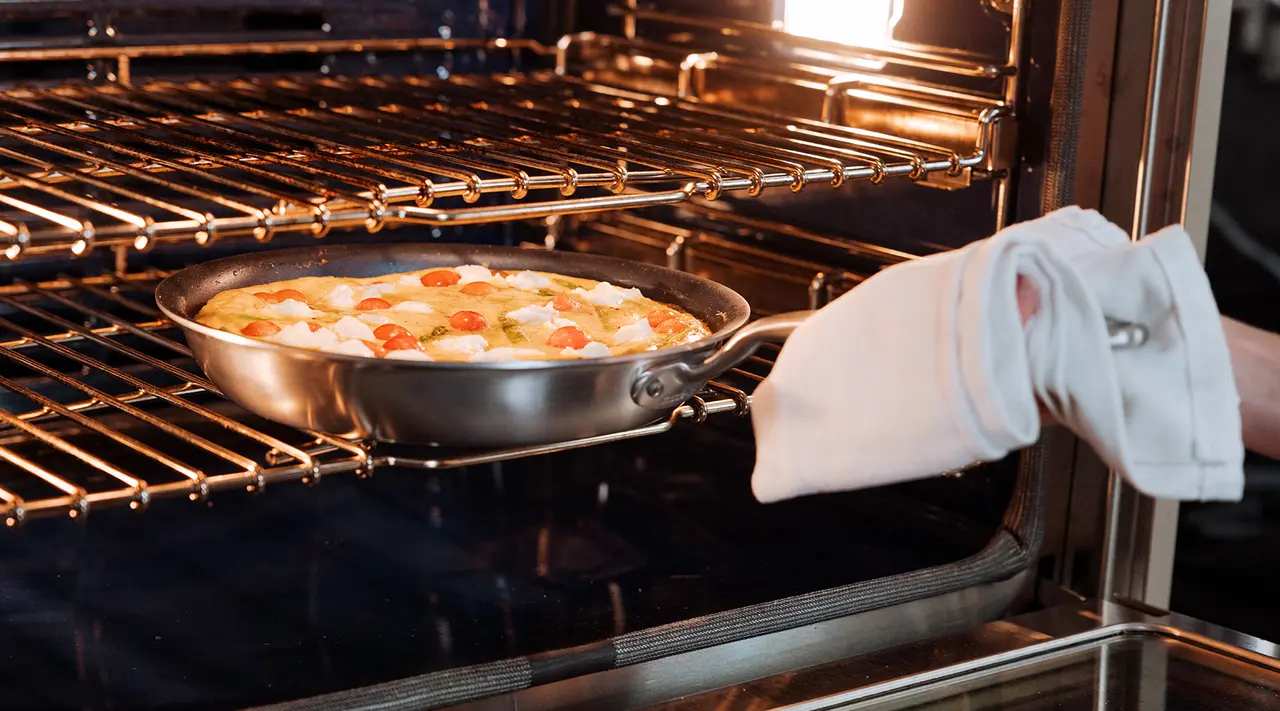
Credit: madeincookware.com
Frequently Asked Questions
What Cookware Is Oven Safe?
Most stainless steel, cast iron, and copper cookware is oven safe. Check for oven-safe symbols or manufacturer guidelines. Avoid cookware with plastic handles unless specified as oven-proof. Always confirm temperature limits before use.
How Do I Know If My Cookware Is Oven Safe?
Check your cookware for an oven-safe symbol or label. Consult the manufacturer’s guidelines. Look for materials like cast iron or stainless steel. Avoid handles that are plastic or have a non-oven-safe coating. Check for a maximum temperature rating to ensure safety in the oven.
Can I Put My Cookware In The Oven?
Check your cookware’s label for oven-safety. Metal pots and pans are usually oven-safe, while plastic handles or non-metal parts may not be. Always confirm temperature limits before placing cookware in the oven.
Can Ceramic Non-stick Pans Go In The Oven?
Yes, many ceramic non-stick pans are oven-safe up to a specific temperature, usually around 350°F to 450°F. Always check the manufacturer’s guidelines to ensure safety and prevent damage to the pan.
Conclusion
Selecting the right cookware for oven use enhances your cooking experience and expands your culinary possibilities. It’s important to choose materials that withstand high temperatures without damage. From cast iron skillets to ceramic dishes, the options are vast. Ensure your kitchen is equipped with oven-safe cookware to unlock new recipes and flavors.
Happy cooking!
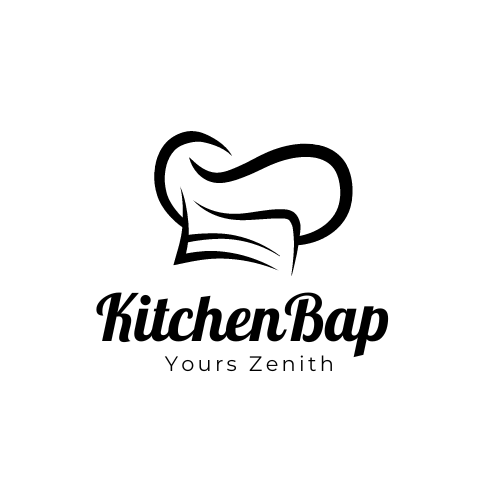

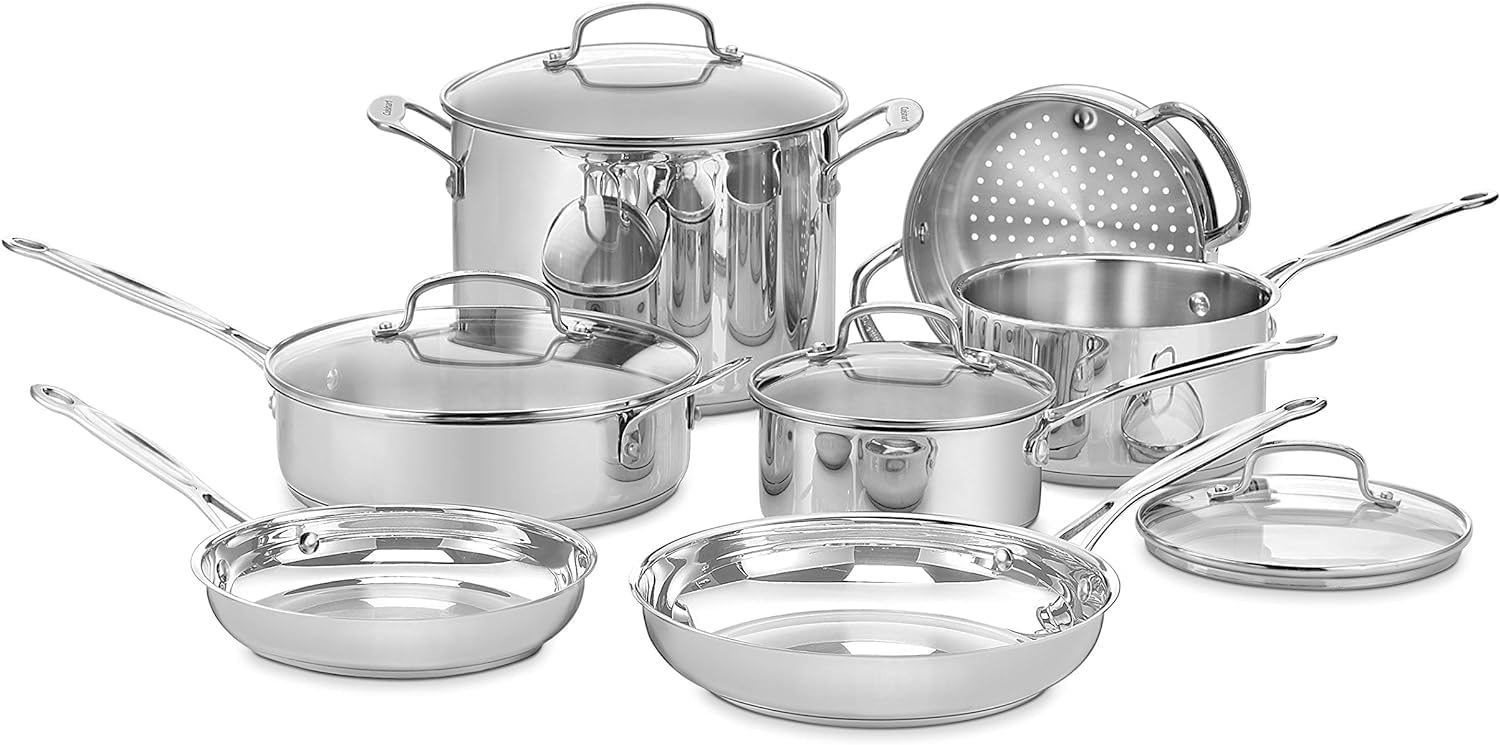
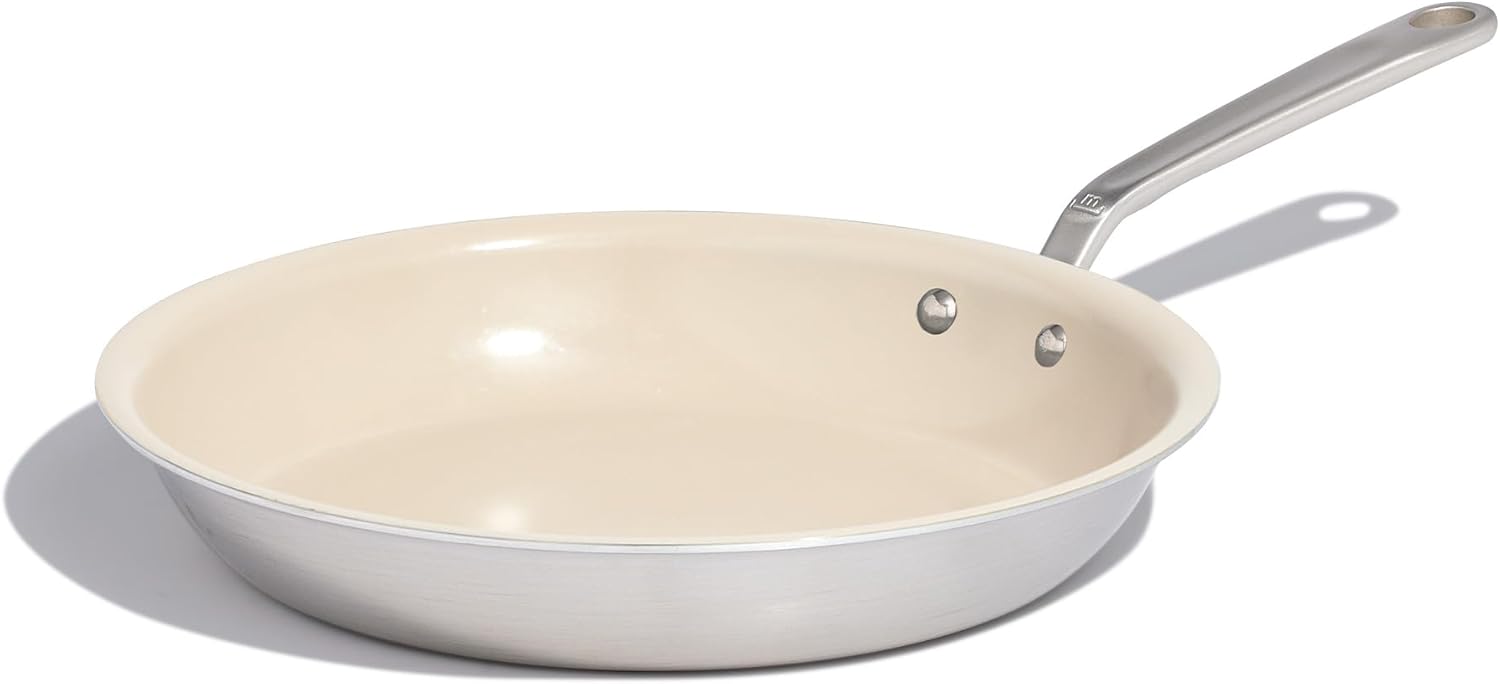
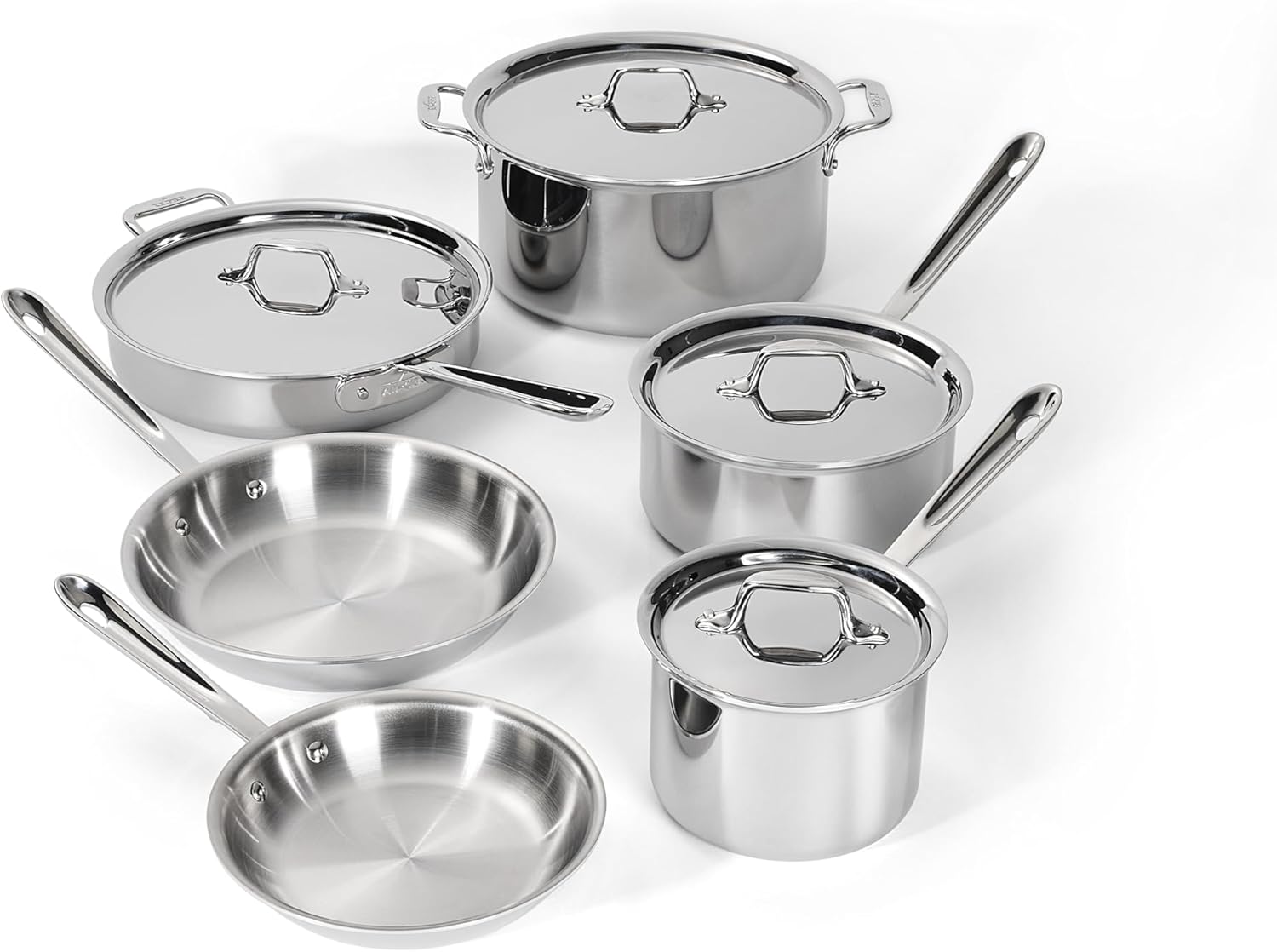
Leave a Reply